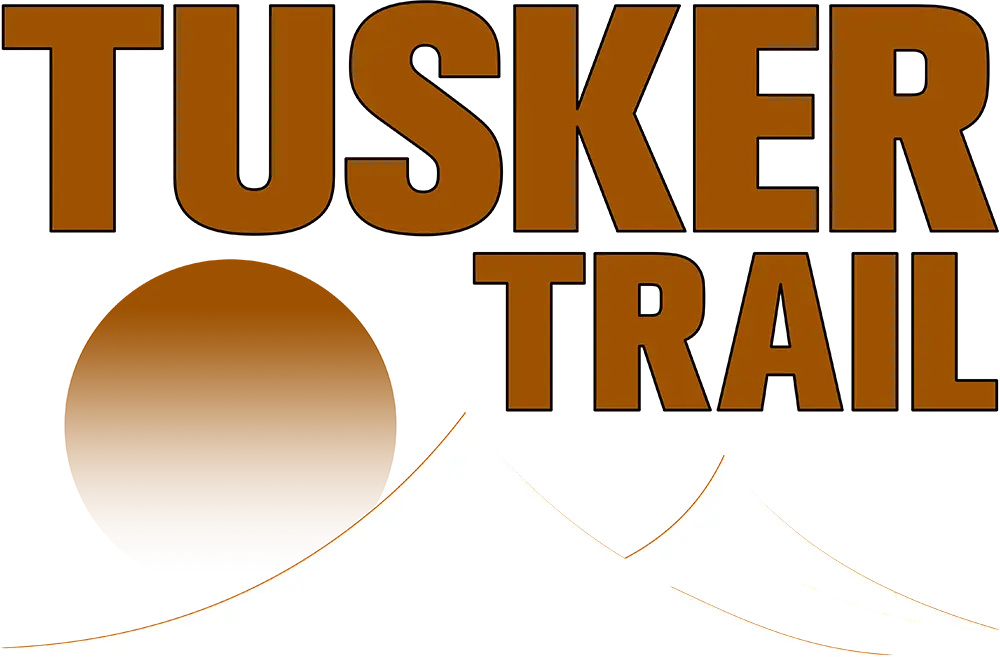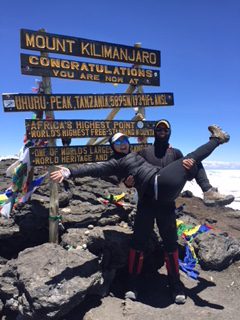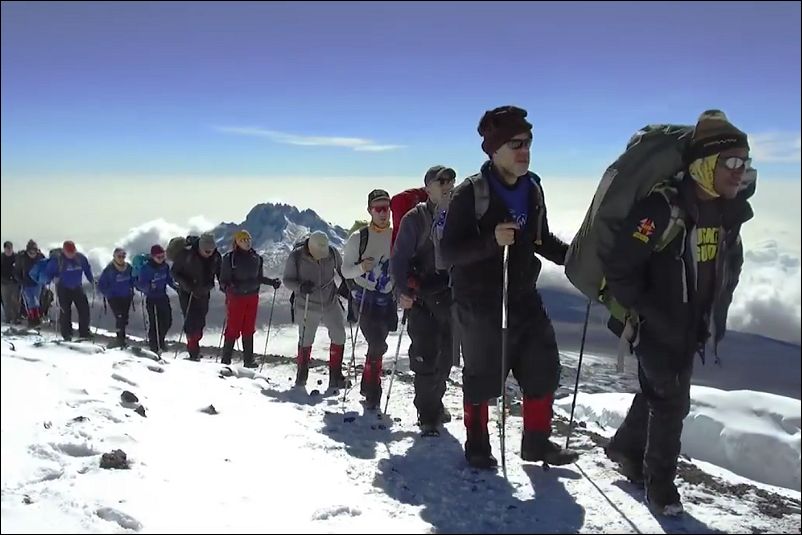If climbing Mount Kilimanjaro is on your bucket list, regardless of your age, you’ll need to invest in some serious preparation before your trip. And if you’re older and not in the best shape of your life, you’ll have to train even harder.
How to Tackle it
This isn’t something you can tackle on a whim, or even take on with a few weeks of preparation. Training for Kilimanjaro can take months or even years depending on your level of physical fitness. Kick up your fitness routine with the right activities and start tackling some easier treks to get your body ready for what’s ahead. Hiking up to 19,341 feet (5,895 meters) on Kilimanjaro is an incredible life-changing experience. But the strenuous conditions, rough terrain, extreme temperatures and difference in oxygen levels can take a serious toll on you. With proper training, you can add hiking up to the heights of Kilimanjaro to the list of unforgettable experiences that you’ve successfully completed. Read on to learn how to physically prepare your body for the “Roof of Africa.”
Why You Need to Train
Climbing Mount Kilimanjaro isn’t a walk in the park; it is physically demanding, especially once you reach 12,000 feet (3,658 meters). Your body needs to be prepared for the challenges that await you or you may suffer injuries – and it needs to be able to recover overnight after a hard day on the trail. The challenges can range from sore joints to aching and pulled muscles in the upper and lower body. The descent from the top is particularly taxing on the knees, hips, and thighs.
If you’re not physically fit, you will also tire quickly and struggle to breathe. About 60% of climbers experience acute mountain sickness (altitude sickness), which can result in exhaustion, nausea, headaches, and swelling of the hands and feet. Someone who is in great shape is less likely to experience these symptoms.
Kilimanjaro Training Guide
Depending on which route you take, you will spend between 6 to 13 days trekking (that’s a lot of trekking), so training for Kilimanjaro should begin many before your hike. While you’re training, make sure to focus on weak areas. Any weak joints will be painfully identified on Kilimanjaro. Follow this fitness guide and make sure to rest for at least 4 days before your climb.
- Aerobic Exercise
Strengthening your heart and lungs before the trek is important. These vital organs need to be able to cope with the high altitude and extreme physical demands of a Kilimanjaro climb. Cardio endurance training will improve your ability to ascend the mountain, especially on those steeper hiking days. To avoid sickness, fatigue, and other problems, we recommend vigorous aerobic workout sessions of between 45 and 60 minutes, 4-5 days a week, during which you maintain a heart rate of at least 70% of your maximum heart rate. The following aerobic exercises are all great ways to get your heart rate up:
- Running
- Cycling
- Swimming
- Stair climbing
- Strenuous hiking
- Strength Training
Strength training should be done a minimum of 2-3 days a week. The goal here is to increase physical strength in your legs and upper body. You are going to need it.
- Stretch
Stretching lowers your risk of injury by preparing the muscles for activity. Stretching also reduces stiffness and soreness. To prepare for a Mount Kilimanjaro climb, stretch the following muscle groups daily:
- Hamstrings
- Quads
- Calves
- Shoulder Girdle
These are the muscles that tend to take most of the strain, but don’t ignore the rest of the body.
- Hike
Hiking up and down hills is perhaps the best way to train for a Kilimanjaro climb. Try to go on at least one strenuous 3-hour hike every week. If there are no hills where you live, stairwells, stadium steps and parking ramps can simulate hiking conditions. Be sure to hike in your full gear (boots, daypack, and poles), so you can get used to trekking with your equipment.
Prepare for the Journey
Training for Kilimanjaro makes you stronger, smarter, and much more confident. Plus, you’ll avoid injuries. Kilimanjaro only reveals its secrets to those who prepare for the journey.
Learn how Eddie Frank, owner/founder of Tusker Trail prepares for Kilimanjaro.
So earlier is better than later for training for this once in a lifetime experience.
Ready to Explore?
Tusker Trail was founded in 1977 with Eddie Frank’s first trans-Africa expedition. Today, 45 years later, Tusker Trail is recognized across the globe as a world class, expedition company with an incredible track record and reputation for training the finest guides on the planet. On Kilimanjaro, Tusker’s mountain guides have earned the nickname “The Lions of the Mountain” by guides from other companies.
Take a look at Tusker’s treks, each a unique experience of some of the most amazing journeys that will challenge you and change your life forever. If you have a question about our treks give us a call +1.775.833.9700 or 1.800.231.1919 and if you talk to Eddie Frank be sure to ask him about the bet he made 45 years ago that sent him on that first expedition across Africa.
TUSKER TRAIL TREKS
Kilimanjaro Climb – (Tanzania)
Everest Base Camp Trek – (Nepal)
Greenland Fjords Trek – (Greenland)
Greenland Dog Sledding Expedition – (Greenland)
Mongolia Nomad Trek – (Mongolia) – “Trip of the Year Award: Outside Magazine”




